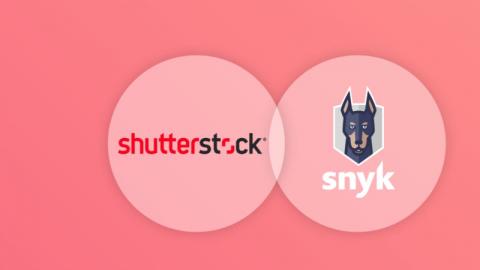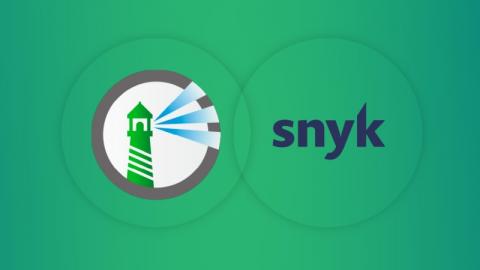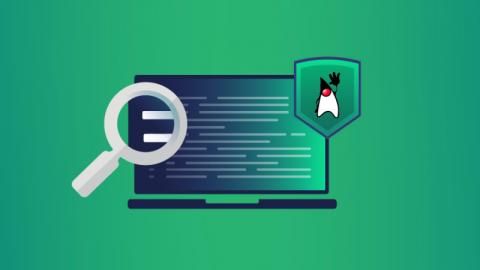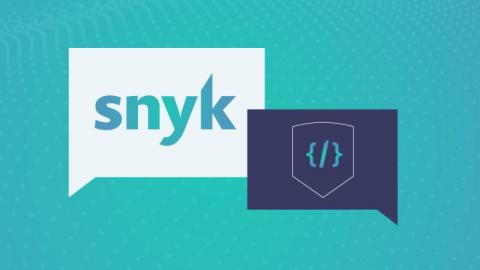Snyk chats with Shutterstock about building a DevSecOps culture
While it’s relatively easy to buy modern security tools, the culture of a company can have an enormous impact on the successful rollout of new security processes. In fact, one of the greatest hurdles for implementing a DevSecOps approach to application security is company-wide adoption.











